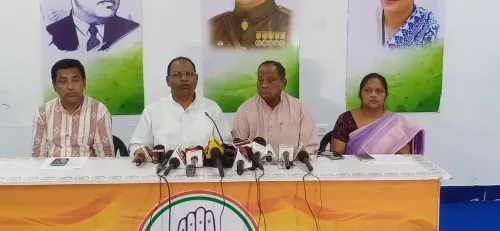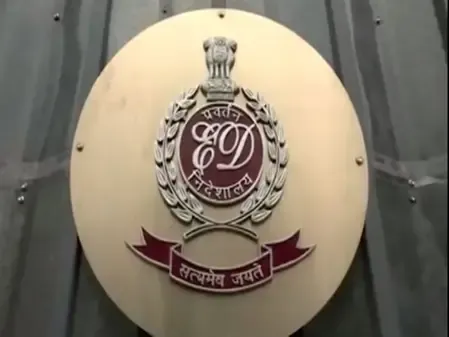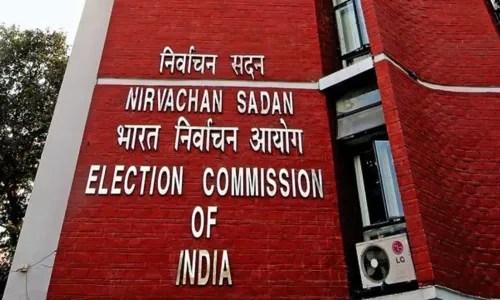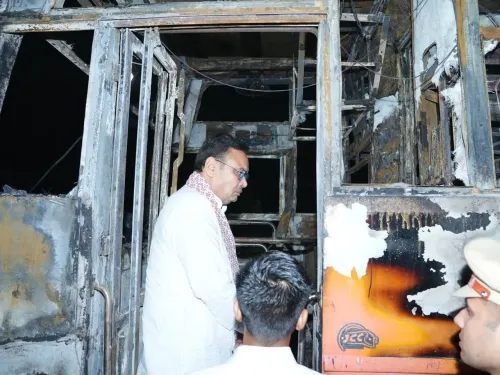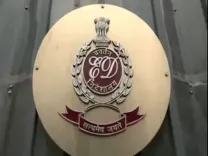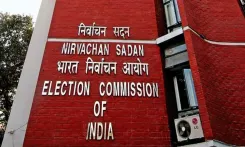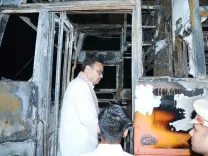Did Maha CM Just Kickstart the Redevelopment of Ramabai Ambedkar and Kamraj Nagar Slums?
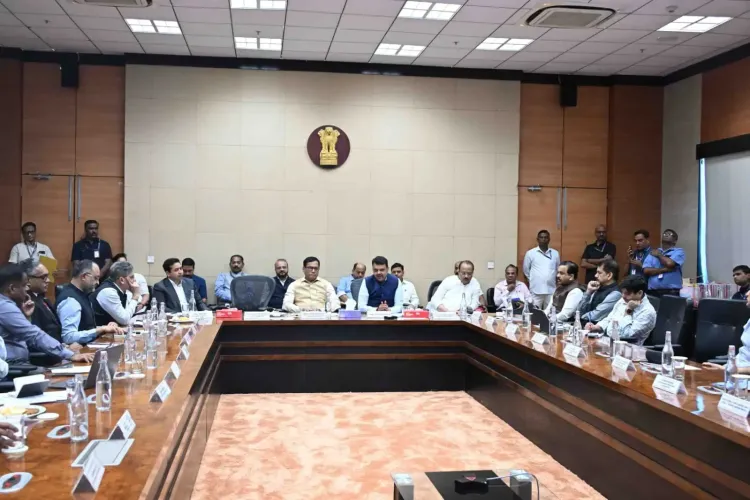
Synopsis
Key Takeaways
- Foundation stone laid for redevelopment.
- Modern housing for 17,000 residents.
- Group development approach adopted.
- Completion expected within two years.
- Includes essential community facilities.
Mumbai, Oct 14 (NationPress) Chief Minister Devendra Fadnavis has inaugurated the foundation stone for the redevelopment of the Ramabai Ambedkar and Kamraj Nagar slums located in north-east Mumbai. He emphasized that the aspirations of the residents for their own homes will materialize into reality, with modern and well-equipped residences expected to be constructed in the next two years.
“The initiative for slum rehabilitation is being executed through group development. The government will ensure that beautiful, fully-equipped homes are provided to slum residents at no cost. Every individual will have access to development and housing,” he stated.
Fadnavis remarked that the ambitious redevelopment initiative for the citizens of Ramabai Ambedkar and Kamraj Nagar, who have endured substandard living conditions for 45 years, has now commenced.
“This project has been in the works for many years. The government has opted to manage this directly through government agencies to bypass developer complications. The Slum Rehabilitation Authority (SRA) and the Mumbai Metropolitan Region Development Authority (MMRDA) are collaborating on this project, with the state government providing temporary housing by covering two years' rent in advance. MMRDA and SRA are expected to finalize this construction within two years,” he added.
Deputy Chief Minister Eknath Shinde introduced the concept of group redevelopment.
Building on this concept, the government has approved an extensive group redevelopment policy for Mumbai. Under this scheme, slum residents will not only receive housing but also essential facilities like playgrounds, gyms, schools, and health centers. This initiative truly embodies Dr. Babasaheb Ambedkar's vision of equality. Even if profits decline, we will enhance slum areas through group redevelopment.
He further announced that a memorial honoring Mata Ramabai Ambedkar will be constructed as part of the cluster redevelopment scheme in Ramabai Nagar.
Ajit Pawar remarked that Ramabai Nagar and Kamraj Nagar represent more than a mere cluster of slums; they symbolize struggle, dignity, and resilience.
“The dedication and effort of the workers and diligent individuals in this area have significantly contributed to the growth of Mumbai, the nation's financial hub. This region has been a vital center for social awareness, transformation, and movements in Maharashtra. Today marks the dawn of a new era of dignity in this locality,” he asserted.
The rehabilitation project for Mata Ramabai Ambedkar Nagar and Kamraj Nagar spans an area of 31.82 hectares, benefiting around 17,000 slum residents.
Remarkably, this is the first instance in the 50-year history of the MMRDA where the Authority is acting as the developer for a slum redevelopment project, while the SRA serves as the planning authority.
As per MMRDA, the overall area for the slum rehabilitation scheme is 31.82 hectares, encompassing 17,000 slum dwellers. Eligibility for 10,000 slum households has been confirmed, and individual development agreements have nearly all been executed with eligible households. The development plan for the slum scheme includes roads, streetlights, drainage, water supply, playgrounds, and a primary school. Post-receipt of the Occupancy Certificate (O.C.), maintenance will be handled by the contractor for the subsequent 10 years.
In the first phase, rehabilitation for 4,345 slum residents is planned. A biometric survey has been conducted, and Annexure-2 has been published by the SRA. All Phase-I slum residents have received Rs 137.50 Crore towards two years' advance rent. The estimated construction cost for the Phase-1 rehabilitation buildings is Rs 1,299 crore (excluding GST), with a 36-month completion timeline. The second phase will commence once Phase I is completed.

